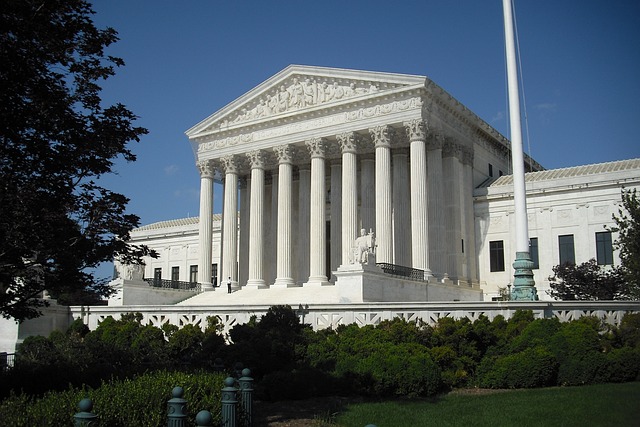In mid-October, Democrats in the U.S. House of Representatives brought forth the Clean Water Act of 2023 in an attempt to counteract the Supreme Court’s interpretation of the definition of “navigable waters” related to the “waters of the United States” (WOTUS). Supporters say the Clean Water Act of 2023 would amend the Federal Water Pollution Control Act to restore a national minimum standard of protection for the water resources of the United States while providing certainty to regulated entities.
In May, the Supreme Court ruled 5-4 in favor of Idaho landowners in the case Sackett v. Environmental Protection Agency. Michael and Chantell Sackett filed a lawsuit against the U.S. Environmental Protection Agency (USEPA) over their desire to build a home on their land near Priest Lake. USEPA considered the Sacketts’ property a wetland according to its interpretation of the Clean Water Act (CWA). Under USEPA’s interpretation, the term “wetland” includes swamps, marshes, and bogs, and the CWA defines “navigable waters” as the “waters of the United States, including the territorial seas.”
The Supreme Court’s decision is based on the belief that the CWA extends only to wetlands with a continuous surface connection to bodies that are “waters of the United States” making them indistinguishable from those waters. The Court ruled the wetlands on the Sacketts’ property are distinguishable from any waters that could be considered “waters of the United States.”
In response to the ruling, more than 100 U.S. Representatives marked the 51st anniversary of the CWA on October 18 by proposing the Clean Water Act of 2023. The purpose of the legislation is listed as follows:
- To reaffirm the commitment of Congress to restore and maintain the chemical, physical, and biological integrity of the Nation’s protected water resources.
- To clearly define the Nation’s protected water resources that are subject to the Federal Water Pollution Control Act (commonly known as the ‘‘Clean Water Act’’) based on the best available scientific evidence and 12 decades of partnership between Federal, State, and Tribal governments to protect water quality.
- To eliminate the confusion initiated by the Supreme Court’s overly narrow interpretation of the term “navigable waters” and to reestablish the comprehensive authority necessary to meet the codified objective of the Clean Water Act.
- To restore a national minimum standard of protection of the Nation’s protected water resources to the fullest extent of the legislative authority of Congress under the Constitution.
Meanwhile, an amended version of the 2023 definition of WOTUS took effect in September. The updated version conforms with the Supreme Court’s May 25 decision in Sackett v. EPA. The amended WOTUS Rule removes the significant nexus test from consideration when identifying tributaries and other waters as federally protected, revises the adjacency test when identifying federally jurisdictional wetlands, clarifies that interstate wetlands do not fall within the interstate waters category, and clarifies the types of features that can be considered under the “additional waters” category. The amended definition does not affect the longstanding activity-based permitting exemptions provided to the agricultural community by the CWA.

